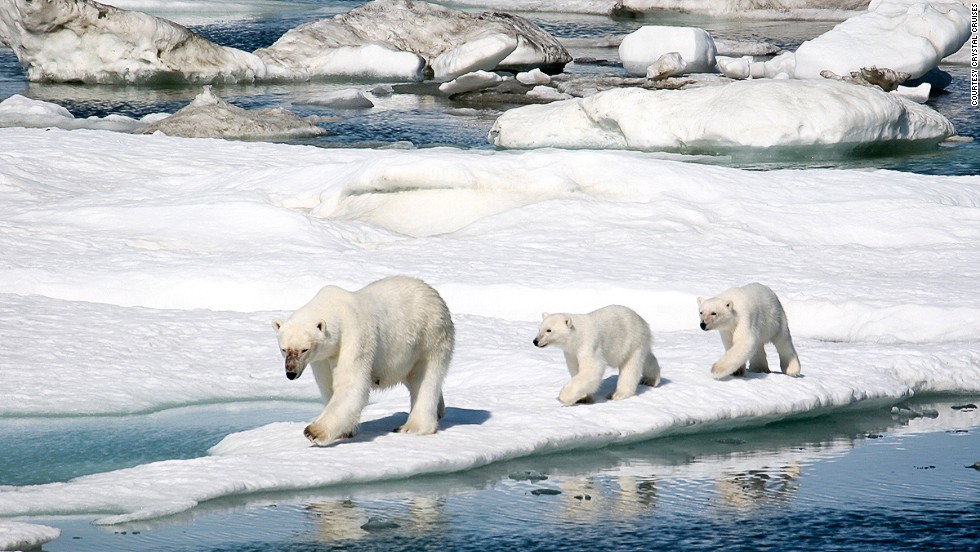


Tourism in the Arctic is an example of a forecasted change or future by its very nature. 2015 and others in the Journal of Tourism Futures). Yeoman’s ( 2012) work gives an excellent overview of this field, and with specific reference to Arctic tourism there are examples of “what if?” and “where are we headed?” – the speculative questions, which have already been examined in relation to some Arctic/Polar nations (see Enger et al. Tourism futures, as a type of holistic forecasting, is relatively new. There is a larger world population with the disposable income to travel, and there is a need to forecast some of this growth. Globally more people are travelling, and to destinations that were once far off the typical route. Tourism is growing and changing this can be seen in emerging destinations as well as in those, which are now on everyone’s “bucket list” of must-sees. This process is experimental and the keywords may be updated as the learning algorithm improves. These keywords were added by machine and not by the authors.

What might the growth in tourism look like, based on the trajectory since 2008 or 2010? What will be the priorities for tourism growth or tourism research in the region? Keywords This chapter will gaze further into the future, to the year 2030. Many authors have provided a look into the “deep” past of tourism development with a number of books and article coming out around 2010, and some have offered thoughts on the future. This chapter will look specifically at tourism in the Arctic: how has it changed? And how might it change in the future? Since the International Polar Year (IPY) in 2007–2008 there has been a rise of interest in tourism from academia, industry and local communities. The Arctic is changing it is ever changing in many social, cultural, economic and environmental ways.


 0 kommentar(er)
0 kommentar(er)
